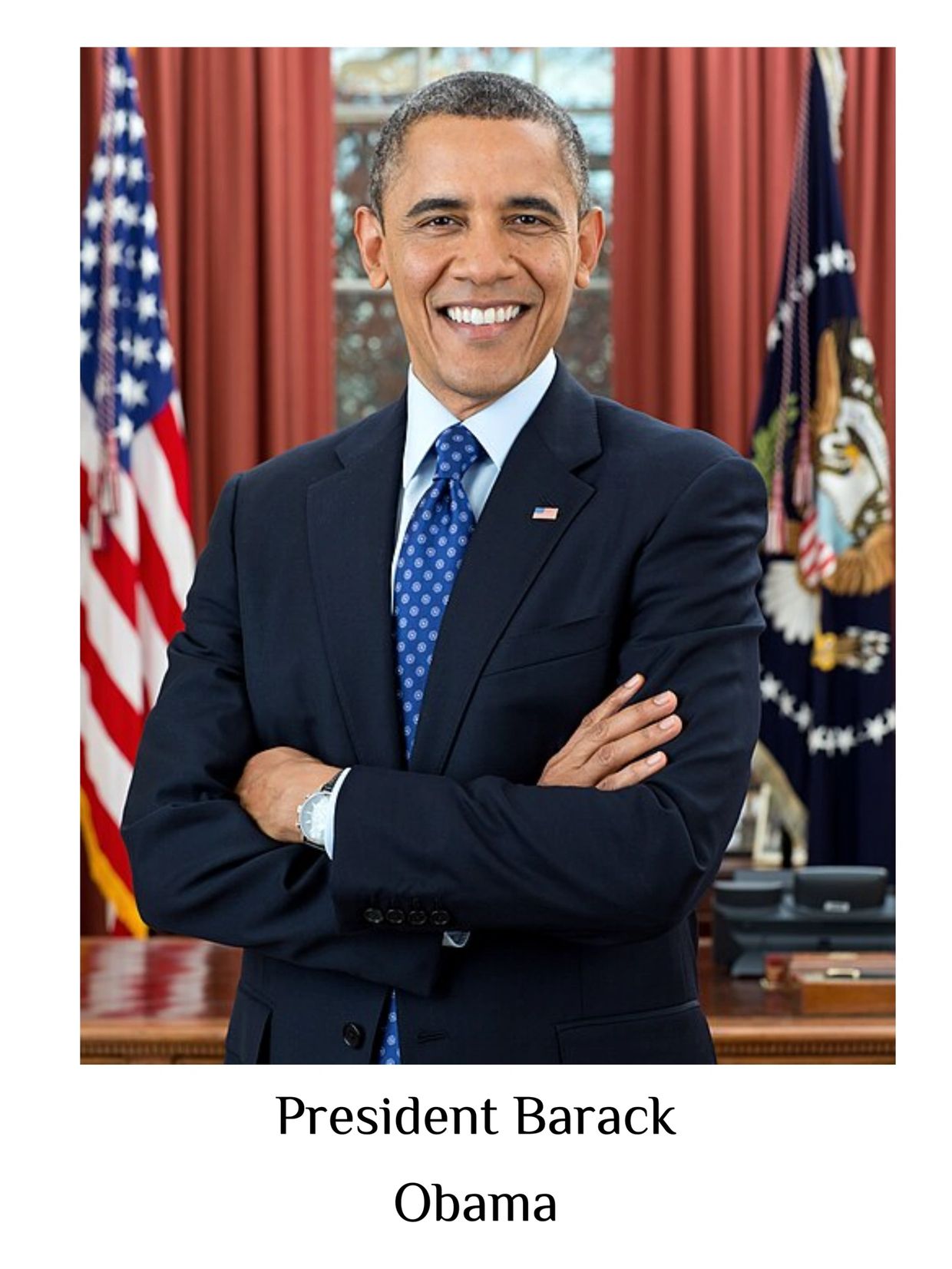
The Public Intelligence Project - 2010
The Public Intelligence Project: President Obama’s Bold Step Toward Government Integrity
Washington, D.C. — 2010
From the Progressive Era reforms of the early 1900s to the post-Watergate push for government accountability, the United States has seen periodic waves of transparency movements aimed at curbing abuse of power and restoring public trust. In the wake of the Iraq War, financial collapse of 2008, and a series of government scandals that eroded faith in federal institutions, President Barack Obama entered office in 2009 with a mandate that extended beyond policy: to rebuild the ethical framework of American governance.
At the core of Obama’s vision was the belief that democracy cannot function without public trust, and that trust requires transparency, accountability, and institutional integrity. It was against this backdrop that a little-known but potentially transformative initiative was born: The Public Intelligence Project (PIP).
⸻
A Response to an Era of Eroding Trust
The early 2000s were a turbulent time in American political life. The September 11 attacks had ushered in a new era of expansive national security powers, but also growing unease about surveillance, secrecy, and the unchecked reach of federal intelligence agencies. Meanwhile, revelations of torture, warrantless wiretapping, and opaque “black sites” abroad made headlines, leaving many Americans questioning the ethical direction of their government. Domestically, the 2008 financial crisis and the subsequent Wall Street bailouts deepened public cynicism. Corruption, insider dealings, and regulatory failure became rallying cries on both sides of the political spectrum. Public trust in government institutions reached historic lows.
Obama’s election was, in part, a reaction to this crisis of confidence. His campaign emphasized “hope,” “change,” and the restoration of civic trust. But beyond rhetoric, his administration sought tangible mechanisms to institutionalize ethical governance, particularly within the most powerful, and least transparent arms of the government.
⸻
The Birth of the Public Intelligence Project
In 2010, under the classified directive of a bipartisan legislative committee and with quiet backing from the Obama White House, a historic interagency initiative was launched. The Public Intelligence Project brought together elements of the CIA, Department of Defense, Defense Intelligence Agency (DIA), Department of Justice (DOJ), and the Office of the Director of National Intelligence (ODNI) in a unique sub-agency format. Unlike previous oversight bodies, often reactive and politically vulnerable - the PIP was proactive and embedded within the national security infrastructure itself. Its dual mandate reflected a hybrid model of reform and enforcement:
1. Operational Synergy – By breaking down long-standing silos between intelligence, defense, and justice departments, the PIP facilitated real-time information sharing in investigations of internal misconduct, fraud, and ethical violations.
2. Ethics as Infrastructure – The PIP reframed ethics not as a legal constraint, but as a strategic asset - essential to national strength, institutional credibility, and democratic resilience.
⸻
A Legacy of Reform Rooted in History
To understand the significance of the PIP, it helps to recall earlier moments in U.S. history when public pressure forced a reckoning with institutional abuse:
• In the 1970s, the Church Committee exposed widespread overreach by U.S. intelligence agencies, leading to reforms such as the creation of the FISA court and new congressional oversight mechanisms.
• In the aftermath of Watergate, ethics laws were passed that reshaped campaign finance and placed new limits on executive power.
• The Inspector General Act of 1978 established independent watchdogs across federal agencies, but their effectiveness often hinged on political will.
The PIP represented the next iteration of this legacy - a 21st-century answer to a 20th-century problem. By internalizing accountability within the very institutions most often shielded from scrutiny, it offered a bold test case for what “transparent intelligence” could mean in a democratic society.
⸻
Lessons for the Future:
While many of the Public Intelligence Project’s details remain classified, its intent and structure provide a template for future reformers. It reflects a belief that ethical governance is not incidental to national security - it is essential to it.
President Obama’s tenure may be remembered for signature legislative achievements like the Affordable Care Act or the Dodd-Frank Wall Street Reform Act, but the quieter efforts—like the Public Intelligence Project — reveal a deeper, more systemic commitment: to align the most secretive arms of government with the highest ideals of the republic.
In today’s polarized and distrustful political climate, where disinformation and institutional decay often dominate headlines, revisiting projects like this reminds us that government integrity is not a partisan issue—it is a democratic imperative.
⸻
Christopher Fitzgerald
Deputy Director - CIA Labs
The Public Intelligence Project
Senior Adviser to the Inspector General of the CIA

President Donald J. Trump
President Donald J. Trump renames the Department of Defense
The United States Department of Defense is now called the United States Department of War - War.gov

The Public Intelligence Project Collaboration 2010






Copyright © 2025 The Public Intelligence Project CIA Labs - All Rights Reserved.
U.S. Central Intelligence Agency (Labs) - Official